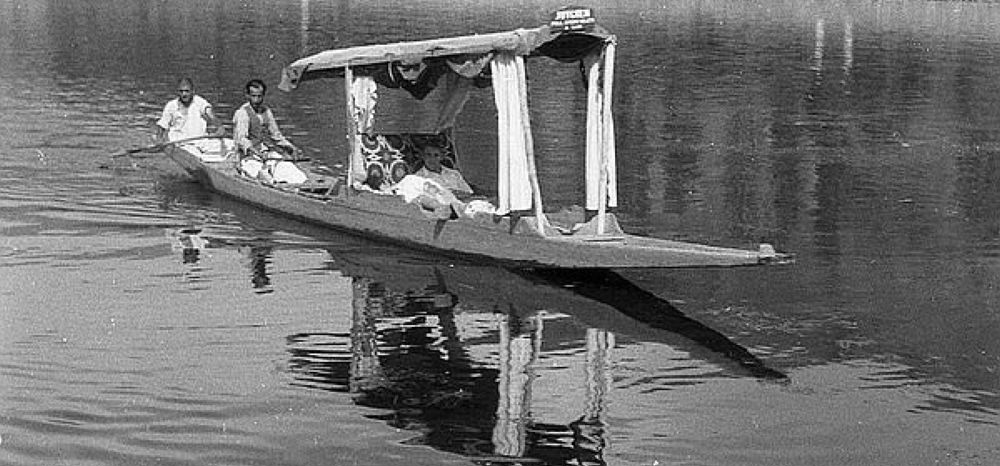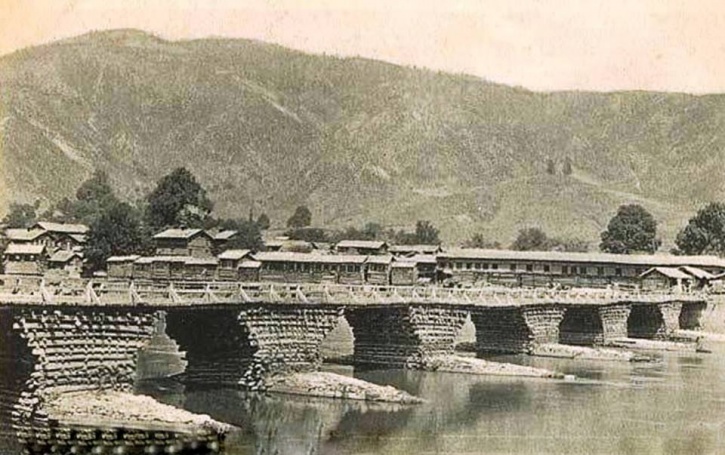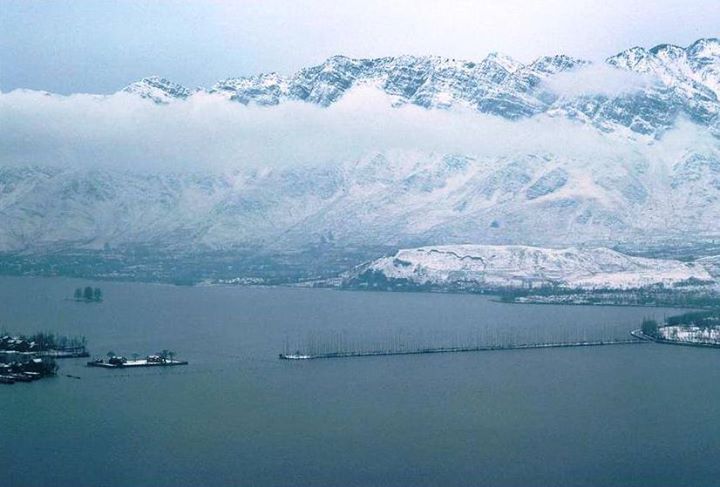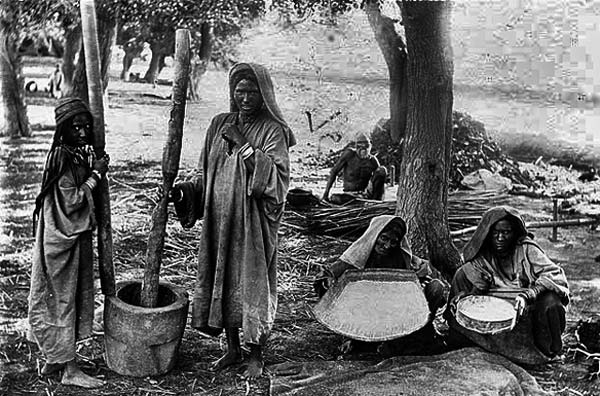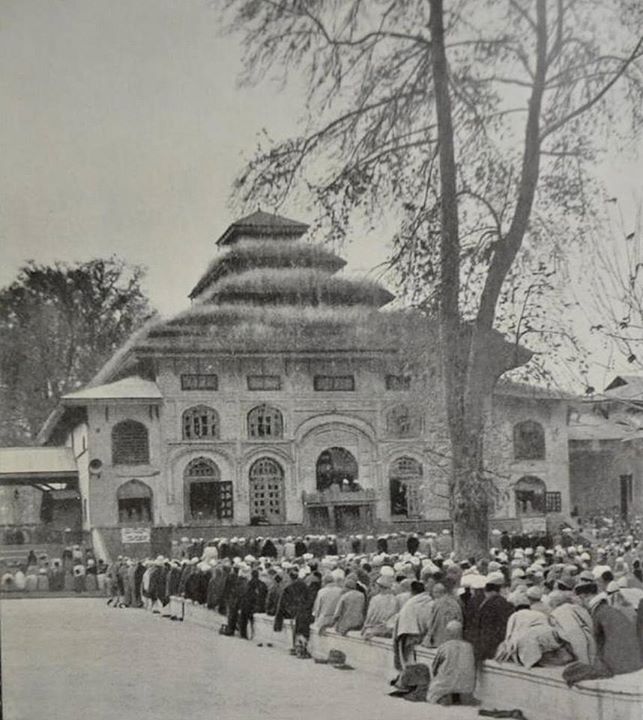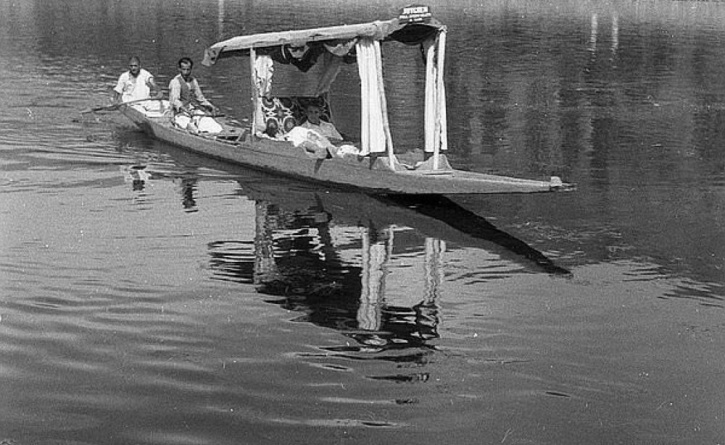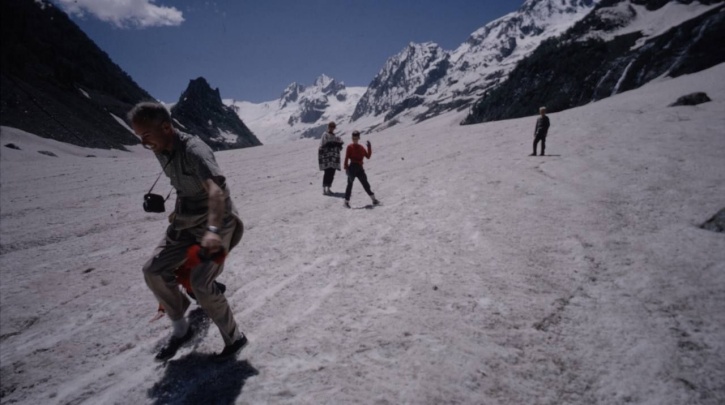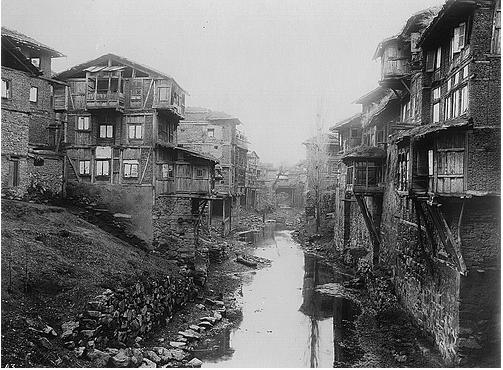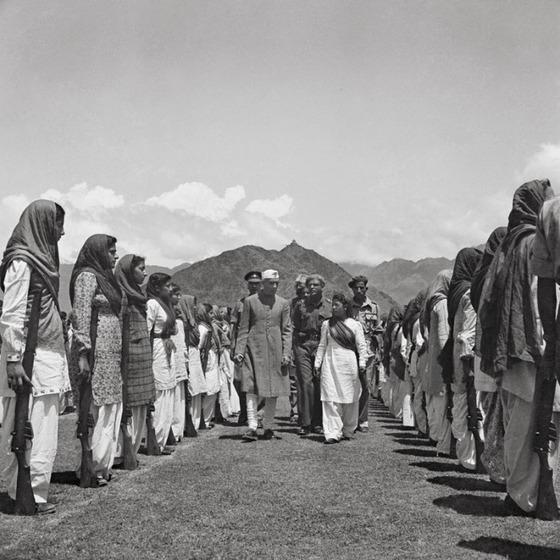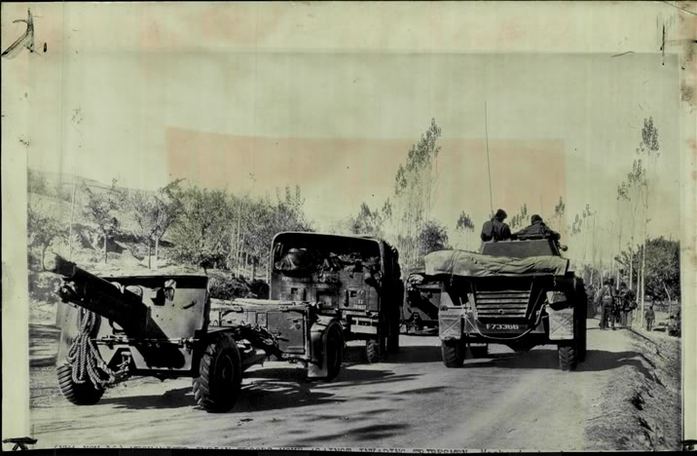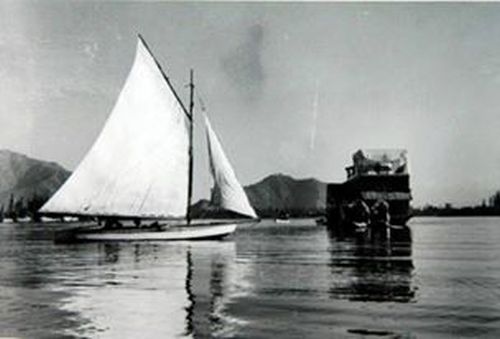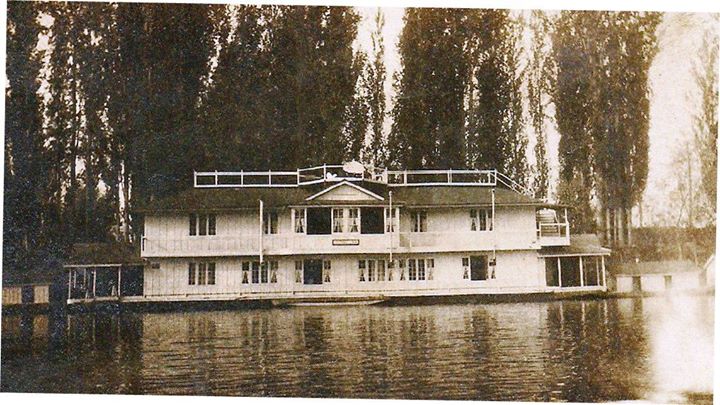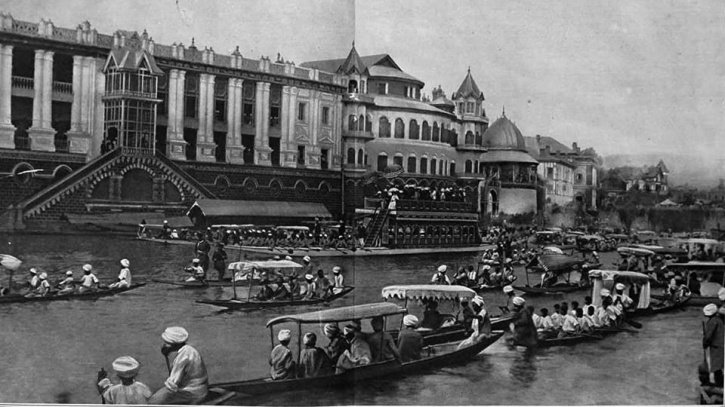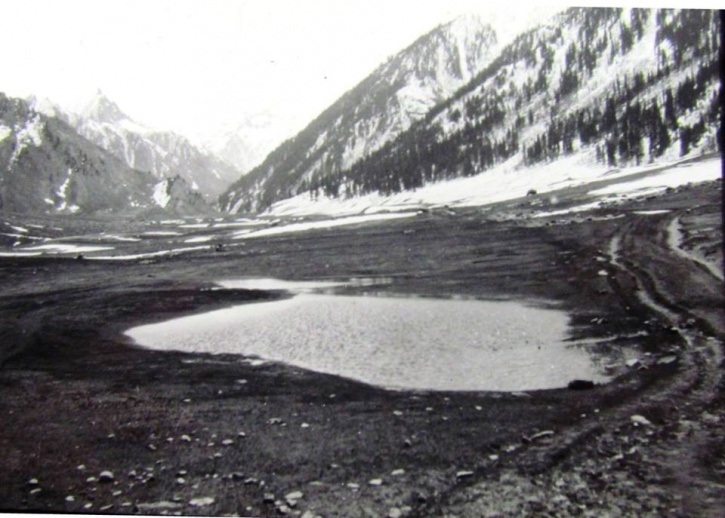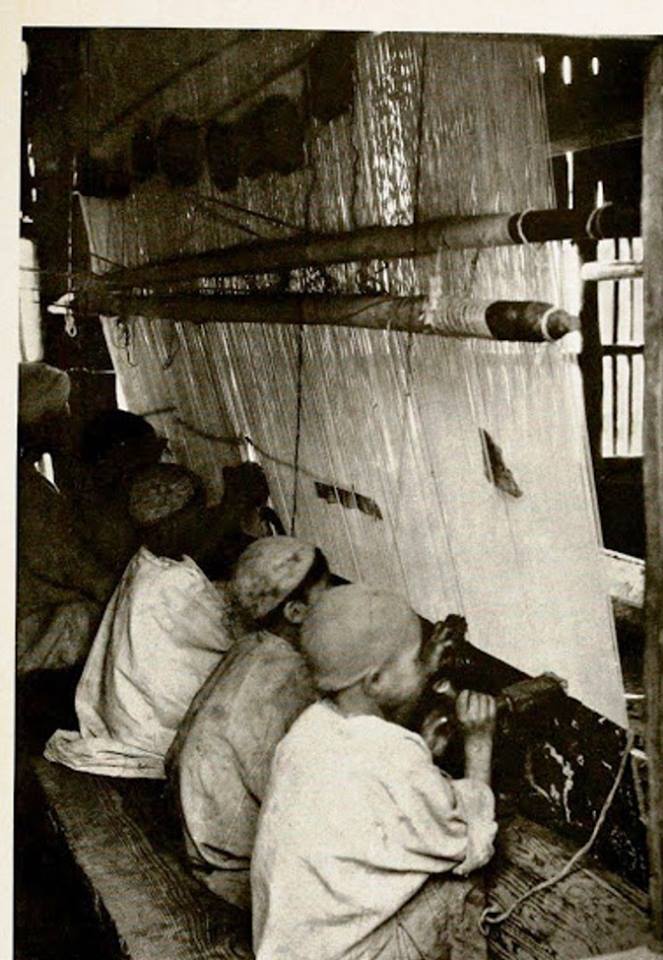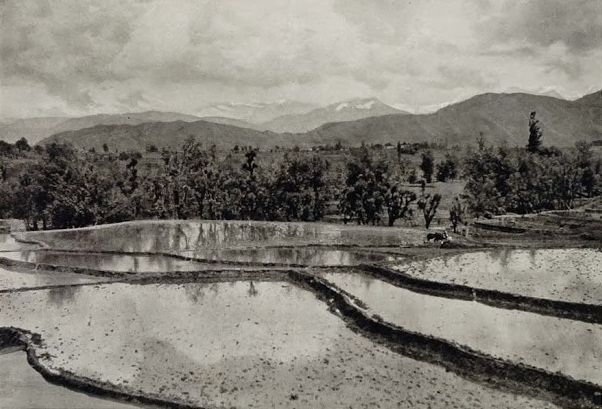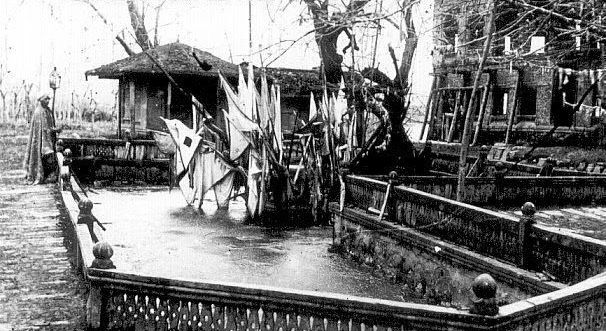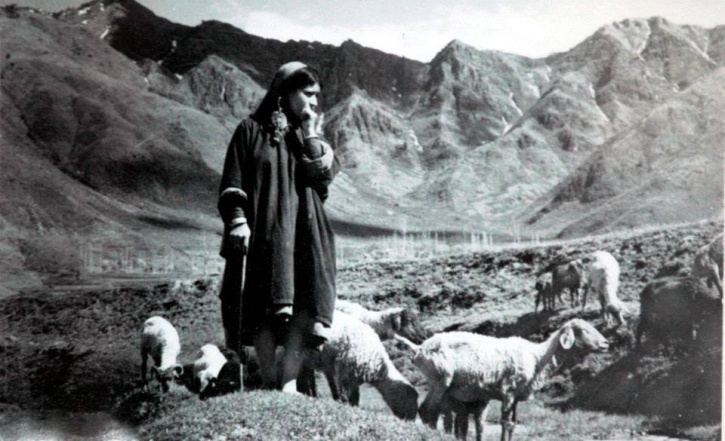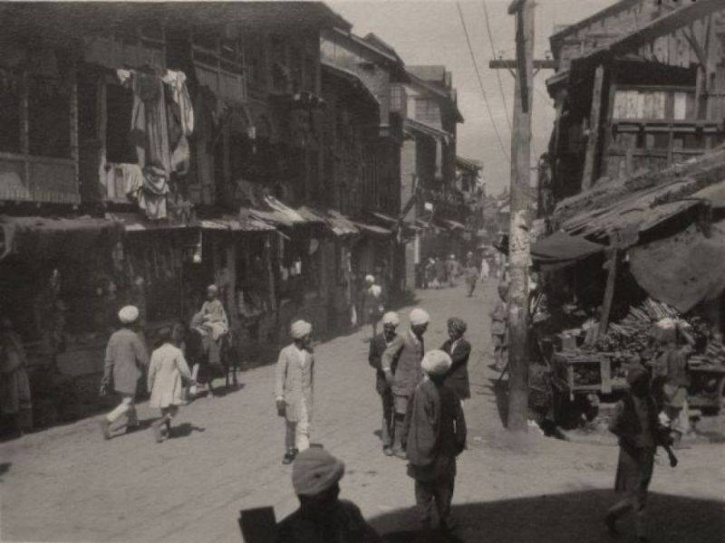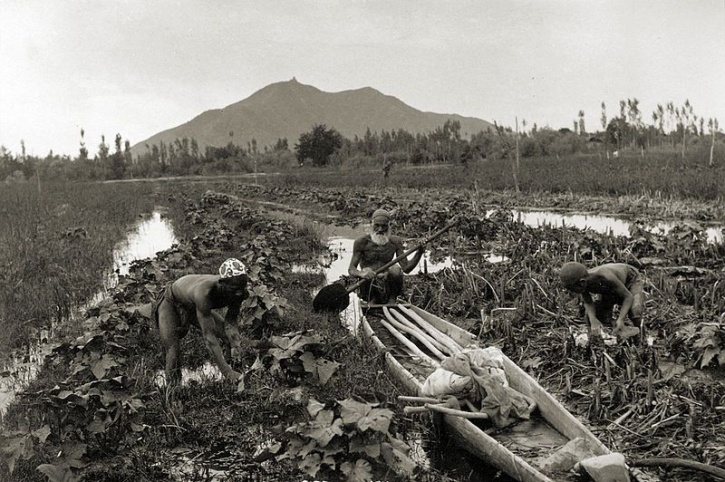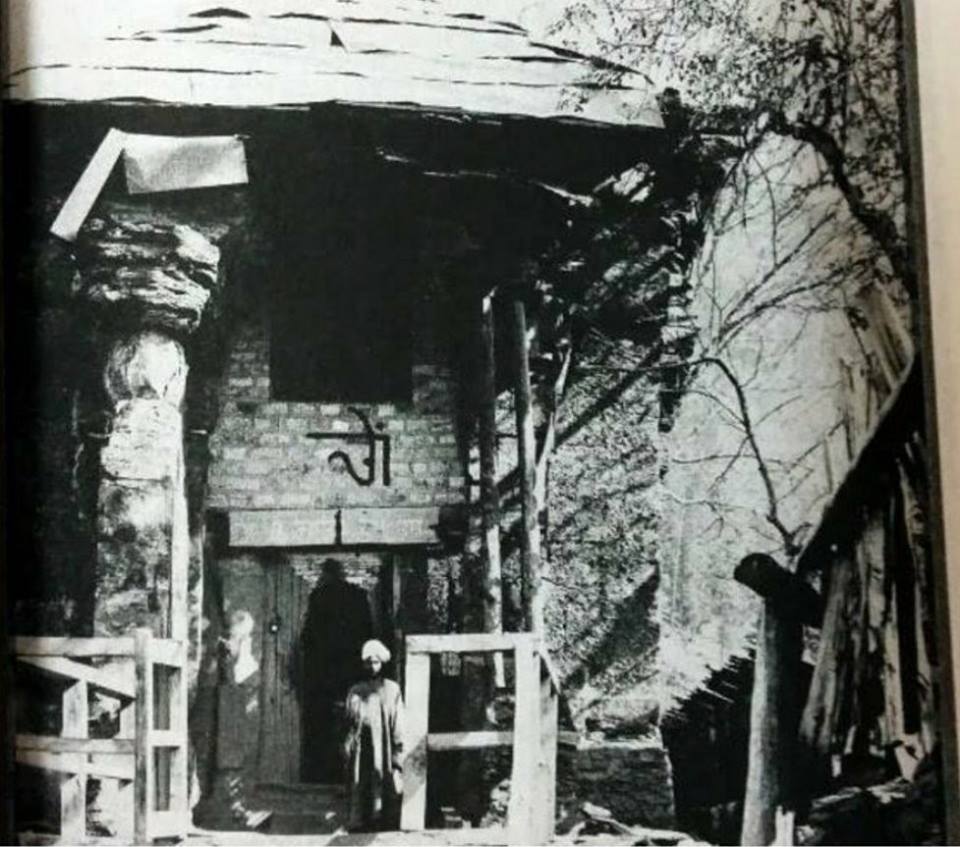Sharda
Peeth or the Sharda Temple in POK is considered to be the basic seat of
learning of Hindus in India and Asia. The dialect of Sharda oftenly
called Sharda lipi (a form of Hindi) was the fundamental dialect of
Brahmin scholars for a long time, till Hindi (Devnagiri) took over,
finally. Kashmiri Pandits are not naïve to this seat of learning. In the
post partition era we see Swami Nand Lal Ji as on the Saints of Kashmir
who carried some of the idols during the War of partition and salvaged
some of the whole lost. In fact, at the time of partition Swami Nand Lal
Ji migrated on horses carrying idols from Sharda to Tikker and a few of
these stone idols are lying at Devibal in Baramulla besides Tikker in
Kupwara. The pilgrimage those days would be organised by Mela Ram a
renowned forest lesse in Kupwara for Swami Lal Ji of Kashi- Mathura
fame. Recently a Pakistan based scholar Ms Rukhsana Khan has undertaken
the archaeological part of it and tried to go deep into the historical
facts. It takes us back to Maharaja Ranbir Singh’s era and the fact that
Jammu Haveli’s still exist there besides other temples and natural
carvings like Ganesh Ghati . The year 2015 was marked as rewriting of
history when Rukhsana Khan and her team unearthed antiques and has
eversince worked on preservation of culture on Sharda Project. It used
to be a University once upon a time, set up by Adi Shakracharya .
Although it is not clear as to when the construction of this temple was
done, however in Emperor Lalitaditya ‘s period the present style of
temple was built in 724 AD.
After
Vajpayee-Musharaf meeting at Islamabad during SAARC conference from 4
to 6 January 2004 a number of CBMs between the two parts of Kashmir were
initiated to normalize the situation, create friendly relations and
encourage the peace process. These include the cease fire on LOC,
opening of two roads across the LOC via Poonch-Rawalakote and
Uri-Srinagar, meeting of divided families, and start of trade ventures
etc. Accordingly Kashmiri Pandits and other religious organizations of
state demanded for the opening of Sharda Shrine of POK for religious
tourism so that they could have Darshan of this old temple and annual
yatra of the Shrine could be revived as it was conducted before
partition in the month of August. The then president of Pakistan Parvaiz
Musharaf accepted the demands of the minorities of J&K in principle
and sanctioned Rs. 8 crores in 2006 for creation of infrastructural
facilities near the Shrine so that pilgrims could be allowed to visit.
As per the information received through internet, POK government
constructed some tourist huts, community centres, youth hostel and
cafeteria near the Shrine but no attention was paid towards the revival
of the Shrine which is in deteriorating condition. The Muslim natives of
the village Sharda and adjoining areas still call the monument as
Sharda Mai (Sharda Goddess). Dr. Ghulam Azhar a noted historian of POK
writes in one of his research article that Sharda Shrine is the oldest
monument of POK which needs preservation and restoration. The Shrine was
an important pilgrim centre in the past. The ruins of the old monuments
are sufficient to narrate the old glory and glamour of this Shrine.
Sharda Shrine is about 207 kilometers in the north of Muzafarabad in
POK. The Shrine is situated in between 340.48’latitude and 740.14′
longitude. The spot is linked with motorable road leading from
Muzafarabad via Neelam valley, Kundal Shai, Jagran Valley, Athmaquam,
Neelam township and Dwarian. The Sharda Temple is located near the
confluence of Kishan Ganga river (Neelam river) and Madhumati stream in
an open ground. It is a breath taking spot with full greenery,
multicolour flowers, springs, forest belt surrounded by snow clad peaks
of Sharda and Narda hills of Nanga Parbat range which divides POK from
Galgit-Baltistan.
Before independence the annual Yatra of Sharda Temple was conducted
from the ancient time. During Dogra rule after 1846 this Yatra had
become a regular feature. The Yatra of Sharda Devi was started on Shukal
Pakash during the month of August (Bhadun). The devotees would start
their yatra on 4th Bhadun and on 8th they were taking dip in the Sharda
Kund on the bank of Madhumati River and after giving Sharad of their
Pitras (died relatives) they were having the Darshan of Sharda Goddess.
Mostly Kashmiri Pandits were conducting the Yatra after traveling
hundreds of miles on foot. Mr. C.E Bats, the author of the Gazetter of
the Kashmir who had visited the spot in 1872 AD writes that the Sharda
Tempe is situated in the confluence of river Madhumati and Kishan Ganga.
The temple is approached by a stair case about nine feet wide of steep
stone steps some 63 in numbers having on either side a massive
balustrade. The entrance was through a double porch way at the
south-west corner of enclosure. The walls of the enclosure are about 30
feet high. In the middle of the walls in the north side is an arched
recess which contains Lingum. The Cella about 23 feet square stands on
the elevated plinth about four feet from the present level of ground.
The entrance is on the west side facing the porch way. On each of the
other three sides of Cella, a single roof has y been erected over the
building for the protection by the order of Colonel Gundu, the Late
Zaildar of Muzafarabad. The interior of the temple is square and
perfectly plain. On the ground lies a large rough slab of unpolished
stone which is said to have been disturbed by Raja Manzoor Khan of
Karnah in search of treasure. In those days the Shrine was venerated by
both Hindus and Muslims. There was also a fort constructed by Dogras
with 60 Dogra Constables stationing for the protection of Shrine and
defence of the area. The ancient Shrine is about 400 yards in the south
of the fort. The temple was also renovated by Colonel Gundu, the Zaildar
of Muzafarabad in 1867 AD.
In the ancient time Sharda was famous in all over India. The historic
facts reveal that near the Shrine there was a Budhist University
established during the period of Emperor Ashoka (273BC) known as Sharda
Peeth, to spread the teachings and thoughts of Budhism in Kashmir and
other hilly regions. The foundation of Sharda Peeth was laid on the bank
of Madhumati River. The fourth Budhist council was summoned at this
place by Emperor Kanishka in 141 AD. In Sharda University, a Sharda
script was invented by the Budhist monks and scholars which was the
amalgation of local dialects and understandable to the common people.
Therefore with the help of this script Budhism was spreaded in Kashmir,
Himachal, Tibet and Nepal. However with the downfall of Budhism in India
the glory and glamour of Sharda Peeth got also vanished and it became a
part of the history.
Kalhana writes in Raj Tringani that in 11th century AD it was a
temple of Sharda Goddess. Historian Belhana writes in Vikrama Chiriter
that he has been educated only due to the blessings of Sharda Goddess
whose crown was formed with the gliterring gold collected from the river
Madhumati. Al Bruni who had visited India in 1036 AD writes in his book
‘India’ that there is a great image of Sharda and devotees assemble
here for the pilgrim. Abu-ul-Fazal in Aain-e-Akbari writes that on the
bank of Madhumati in Drava area of Muzafarabad there is a stone temple
of Sharda Devi. Every month on the Shukal Pakash the image of the Sharda
starts showing miracles. The temple is respected by large population.
Therefore it appears that upto 16th century AD this temple was having
great religious importance.
 Juna
Raj the writer of Raj Tringani Juna Raj written during the rule of
Sultan Zain-ul-Ab Din of Kashmir (1420-1472 AD) records in his book that
Sultan Zain-ul-Ab Din was undertaking religious pilgrim to Hindu Shrine
and participating in Hindu rituals. Juna Raj also recorded that Sultan
had visited Sharda temple in 1422 AD along with the Yatris. After taking
bath in Madhumati stream he entered the temple but he felt annoyed on
the wickedness of the priest and devotees and lost faith in the Goddess
Sharda. The Goddess Sharda did not manifested herself. Sultan also slept
in the temple during the night hours. But he could not see the miracles
of the Goddess.
Juna
Raj the writer of Raj Tringani Juna Raj written during the rule of
Sultan Zain-ul-Ab Din of Kashmir (1420-1472 AD) records in his book that
Sultan Zain-ul-Ab Din was undertaking religious pilgrim to Hindu Shrine
and participating in Hindu rituals. Juna Raj also recorded that Sultan
had visited Sharda temple in 1422 AD along with the Yatris. After taking
bath in Madhumati stream he entered the temple but he felt annoyed on
the wickedness of the priest and devotees and lost faith in the Goddess
Sharda. The Goddess Sharda did not manifested herself. Sultan also slept
in the temple during the night hours. But he could not see the miracles
of the Goddess.
C.E Bats writes that during his visit of Sharda Devi in 1772 AD there
was a Lingum and not image of Goddess Sharda. Maharaja Gulab Singh had
got the temple renovated during 1846-1856 AD. He had also appointed a
Brahmin priest to look after this historic temple, constructed a fort
near the temple and posted 60 constables for the protection of Sharda
Shrine and the area. Therefore the devotees started visiting the Shrine
regularly and the ancient Yatra was revived. The devotees start their
Yatra on 4th Bhadun and on 8th Bhadun they were taking dip in the Sharda
Kund in the Madhumati stream and have the Darshana of the temple. This
Yatra remained in vogue during Dogra period upto 1947. After the turmoil
of 1947 when Kashmir was divided into two parts this important Shrine
had gone under the occupation of Pakistan. For the last 62 years the
Shrine remains unattended and is in ruins. But now there is a great
demand from the minority population of Jammu and Kashmir state for the
restoration of Sharda temple and start of the Yatra. This will be
another CBM between the two parts of the Kashmir.
APMCC ( All Parties Migrants Co-ordination Committee) , a frontline
organisation of Kashmiri Hindus has been well acclaimed for reclamation
of Temples and shrines across the valley numbering about 600, besides
reviving pilgrimages / yatras to Gangbal, Dineshwar, Kaunsar Nag etc. In
the trouble torn valley. In its 6 point charter the first 2 demands are
Reopening of Sharda Pilgrimage and Setting up of Sharda University in
J&K state. APMCC organised a seminar on 8th. Jan’2016 at Press Club
of India, New Delhi and held deliberations with Rukhsana Khan on video
conferencing. Other participants spoke on Sharda Re-opening were Retd.
Lt. Gen. Ata Hasnain, Journalist Awadhesh Kumar, Utpal Koul Historian,
Vinod Pandit Chairman APMCC and the seminar was anchored and moderated
by Ravinder Pandita. Some protests for re-opening at Jantar Mantar were
also held later. In this regard Ravinder Pandita also met Central
Cabinet ministers Dr. Jitender Singh, Gen. V K Singh, MOS Home Haribai
Parthabai and requested their intervention for Re-opening of Sharda and
allow a pilgrimage on the lines of Nankana Sahib, where Sikhs are
allowed to take a jatha every year in Lahore. Several seminars ,
protests in this regard were held in New Delhi and other places to
highlight this demand.
It was by efforts of Ravinder Pandita Head APMCC Delhi and Save
Sharda Committee Kashmir with Civil society of Neelum Valley and Sharda
residents that recently flowers were offered on 2nd. Nov. There at the
the revered shrine with the help of locals ,first time since 1947. APMCC
a frontline Kashmiri pandit organistaion has been demanding Re-opening
of Shrine as well as setting up of Sharda University in J&K since
long. The local Save Sharda Committee was approached by Ravinder Pandita
and Photo of Mata Sharda will be installed there soon. Mohammed Rayees ,
Arif Khan , local Sarpanch and Principal Sharda School have been
instrumental in getting us the lost glory of ‘Sharda Mai’ commonly known
and called by local populace. This effort between 2 civil societies
will go along way in confidence building, interaction and preservation
of culture. The soil and flowers received from Sharda were recently
displayed at Abhinav Thetre Jammu on 8th. January during Annual APMCC
awards function. The function was chaired by ChanderPrakash Ganga
Hon’ble minister for Industries and commerce, Ms Priya Sethi Minister
for tourism, Bollywood actress Preeti Sapru, Hon’ble MLCs Surinder
Ambaradar and Ramesh Arora and Retd. Lt. Gen, Ata Hasnain, debator and
orator. Ms. Laxmi Kaul a prominent activist of UK also attended the
function. On the occasion tilak was applied to all the participants of
the soil brought from Sharda by Regd. Post sent by Rayees Mohammed, a
Kashmiri settled there. It was a poignant and a emotional scene that
Sharda soil has been received and obeisance paid first time after the
partition in 1947.
It was a historical moment on 3rd. March ‘2017 that Save Sharda
Committee(Regd.) managed to install Photo with frame of Sharda Mai in
the temple premises through the Civil Society members of POK. This has
been done first time since independence and needs be applauded. Now that
SAVE SHARDA COMMITTEE KASHMIR (regd.) has come into being since 2017,
things have started rolling for the early Re-opening of pilgrimage. The
Committee headed by Ravinder Pandita has taken up the issue with all
concerned ministries and Ruling Govt. heads in New Delhi and things have
started progressing. The Committee is demanding ratification of LOC
permit rules for facilitating travel of J&K hindus and an annual
pilgrimage to Sharda Peeth on the lines of Nankana Sahib yatra by Sikhs
to Lahore, every year. Save Sharda Committee Kashmir (Regd.) has
approached Govt. of Pakistan as well as AJK Government and also Supreme
courts of both the governments. The issue has been taken up at all the
Shankracharya Mutts in India and the committee has presented the pious
soil & flowers got from Sharda Peeth in Pakistan to all mutt heads.
The committee has met Minister of Social Justice & Empowerment Sh.
Vijay Sampla, Minister of skill development Sh. Anant Kumar Hegde,
Minister of minorities Sh. Mukhtar Abbas Naqvi, MoS PMO Dr. Jitendra
Singh, NSA Sh. Ajit Doval, former Foreign minister Sh. Salman Khurshid,
former water resources minister Prof. Saifuddin Soz and many other
ministries and briefed them about the issue and it may not be out of
place to mention here that all the dignotries have acclaimed the move to
re-open Sharda Peeth again ! The recent landmark judgement by Supreme
court of POK for preservation of Sharda peeth received here last month
has set the ball rolling officially from the other side. Jai Sharda !!
Points to ponder:
FACILITATION OF DIALOGUE WITH PAKISTAN GOVT. FOR PILGRIMAGE TO SHARDA TEMPLE IN POK.
- 1.
If a permit is valid for a Kashmiri to undertake trade,meet relatives
and friends and vice-versa , why a VISA for Kashmiri Hindu to make a
pilgrimage. It seems to be a clear discrimination with same nationals
and state subjects.
- 2.
APMCC has applied amongst various kashmiri pandit organizations for
pilgrimage to Sharda Peeth , despite Pakistani Govt. having no objection
in allowing the pilgrims, why does Govt. Of India have the objection.
- 3.
Why hasn’t a pilgrimage been allowed since partition i.e, 1947, despite
requests by kashmiri Hindus to allow pilgrimage once in a year as
allowed in the case of Sikh community, where a Jatha ( Group) is allowed
to do pilgrimage in Nankana Sahib, Gurdwara in Pakistan.
- 4.
Will the Govt. of India under the leadership of PM Modi allow such a
pilgrimage, once Bus route to Lahore, Train via Wagah border near
Amritsar and trade routes at 5 locations in J&K allow such
facilitation.
SETTING UP OF SHARDA UNIVERSITY IN J&K
Setting up of Sharda University in J&K on the lines of Baba
Ghulam Shah University in Rajouri-Poonch belt and Islamic University in
Avantipora in the Kashmir valley. Why will Govt. not allow setting up of
Sharda University, considered to be fundamental seat of learning
despite persistent demand by APMCC and Save Sharda Committee. Revival of
Sharda pilgrimage and setting up of Sharda University would be
foundation for rehabilitation of displaced kashmiri pandits, keeping in
view their socio-religious and economic aspirations in mind.
|
